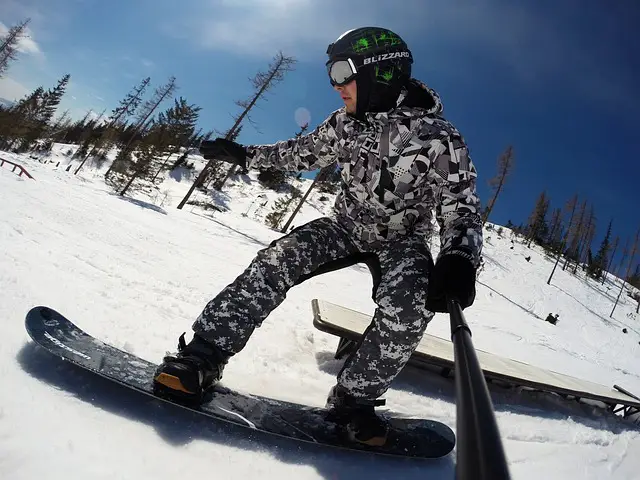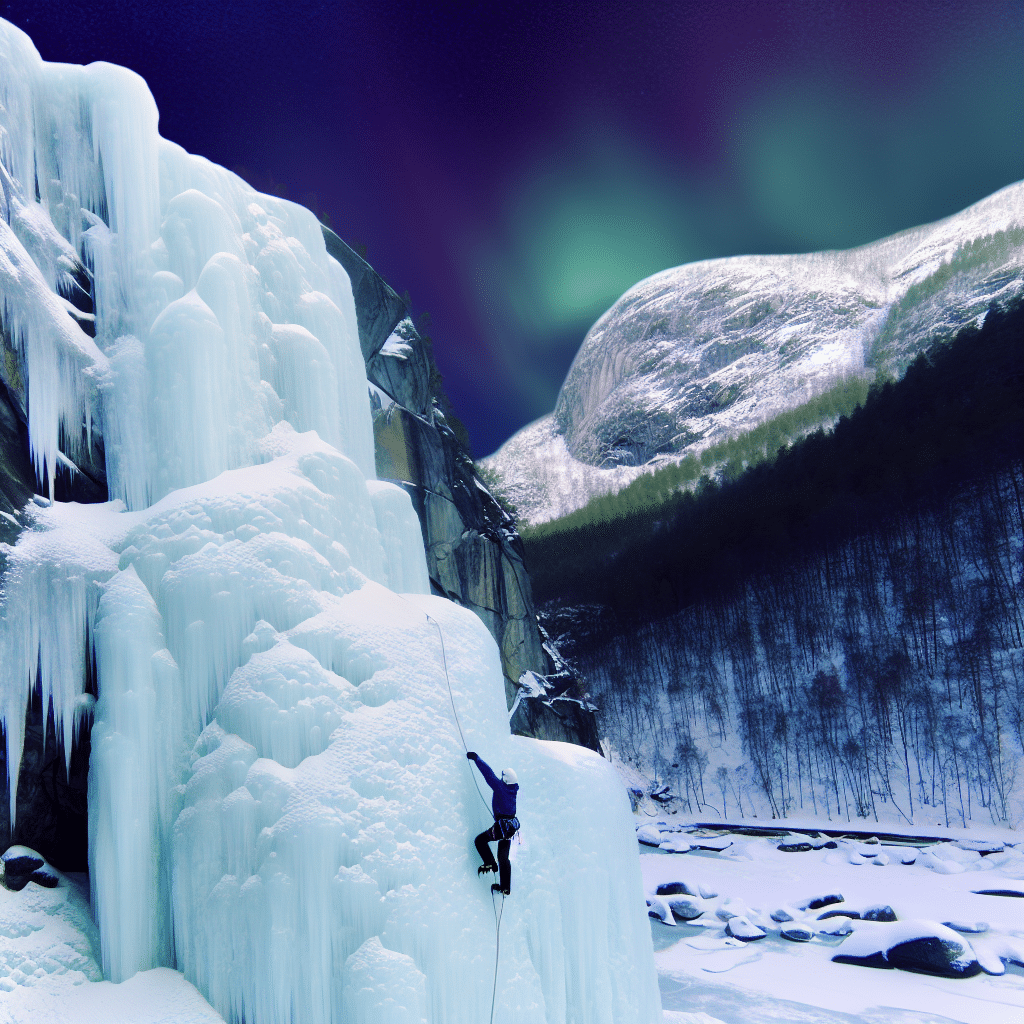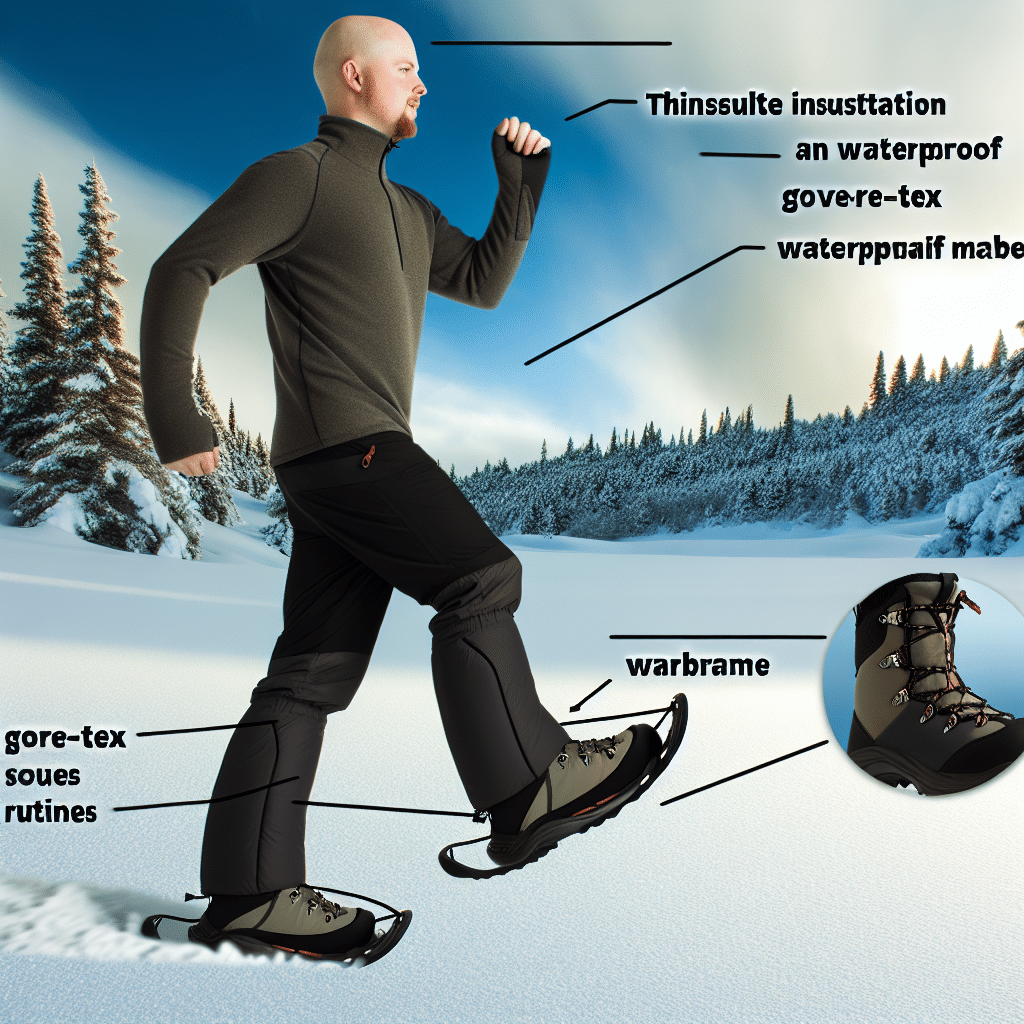When the temperatures drop and the snow starts to pile up, it’s time to break out the snowshoes and hit the trails. But before you can do that, you’ll need the right boots for the job. After all, you don’t want your feet to suffer and your outdoor adventure to become a miserable trudge through the snow.
In this article, we’ll explore the different types of winter boots and what makes them well-suited to snowshoeing. We’ll also discuss the features to look for when buying snowshoeing boots, along with a few tips to help you choose the best pair for your needs.
Types of Winter Boots
Choosing a pair of boots for snowshoeing doesn’t have to be complicated. In fact, there are three main types of winter boots that should cover all your needs.
Insulated Boots
Insulated boots are ideal for cold temperatures and staying warm and dry while snowshoeing. They’re made with thick insulation, usually down or synthetic, that traps heat and keeps your feet warm in even the coldest conditions. Insulated boots also usually have waterproof membranes to keep your feet dry and prevent any water from seeping in.
Pac Boots
Pac boots, which stand for ‘pacific-style’, are a combination of an insulated boot and a thick rubber sole. These boots are built for extreme weather and waterproof protection. Thanks to their heavy-duty construction, pac boots are tough enough to handle the terrain and any obstacles you may come across while snowshoeing.
Hiking Boots
Hiking boots are the most popular type of winter boots and they vary greatly in terms of style and materials. Many hiking boots are made with waterproof uppers and have insulation for added warmth. While these are great for snowshoeing, make sure to check the tread on your hiking boots. The sole should be stiff enough to provide adequate support and traction on icy or slippery trails.
Features to Look for in Snowshoeing Boots
Once you’ve chosen the type of winter boots you need, it’s time to look at a few key features. Here are some of the key elements to consider.
Insulation
The insulation of your winter boots is what will keep your feet warm in cold temperatures. Look for boots that have a high quality down or synthetic insulation. When it comes to synthetic insulation, look for those that are made with a material like PrimaLoft which is known for its lightweight but effective insulation properties.
Waterproofing
It’s important to look for a waterproof membrane in your winter boots. This will keep your feet dry and help them stay warm even in wet conditions. This is especially important if you plan on snowshoeing in areas with a lot of slush or standing water.
Traction
The tread on your winter boots should allow for good traction on icy or snowy trails. Look for boots that have textured soles or extra features like lugs that provide extra grip.
Finding the Right Fit
Finding the right fit is essential for any winter boots but it’s especially important when it comes to snowshoeing. Snowshoes put a lot of strain on your feet so you’ll want to make sure your boots are comfortable and provide enough support.
Ideally, you should try on your winter boots before you buy them. Make sure there’s room for a thick pair of socks and that your toes don’t feel cramped. You should also make sure you can wiggle your toes and the boots should feel snug but comfortable.
Conclusion
Snowshoeing can be a great way to stay active during the winter months. But it’s important to have the right boots for the job. The best boots for snowshoeing are insulated, waterproof, and provide good traction. Look for a pair that fits comfortably and has the features you need for your winter adventures. Happy snowshoeing!




